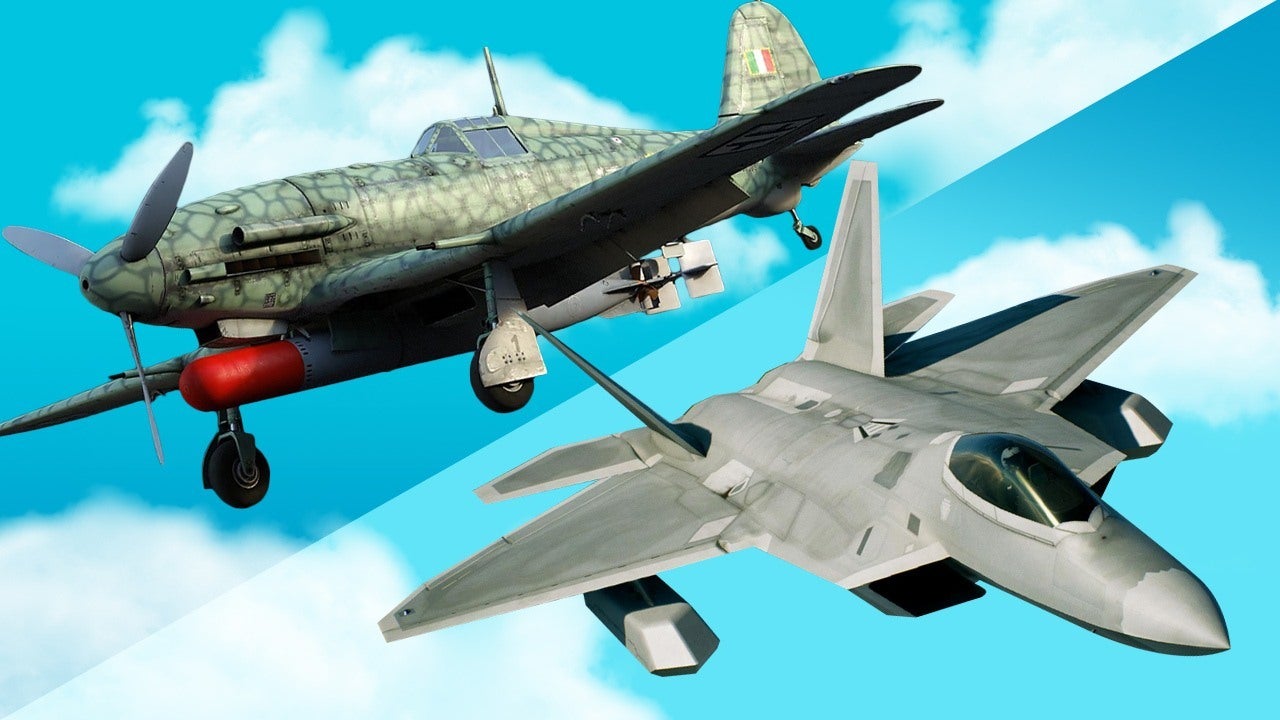When you sit back and enjoy a flight simulation game, the history of aviation games is usually the last thing on your mind. However, flight simulator has evolved over the decades to include technological advances that make up your best air traffic controller game. These days, flight simulator is a top contributor to the enhancement of safety in aviation industries. It is also an interesting way to study air traffic, and the role continues to grow. However, let’s dive into the past to see how flight simulator has evolved over the years to birth the present aviation games.
The Beginning
The first flight simulator was birthed in 1910. Previously, an aviation student was only allowed on an airplane as a passenger and could only use an aircraft after several flights. The first flight simulator was built using two half-sections of a barrel. This flight simulator proved ineffective due to the unpredictable nature of the wind. However, when the First World War came, it accelerated innovations in aviation. There was a need to train several pilots speedily who would be ready to go into action immediately. The first simulator with mechanical actuators was created in 1917, but the most successful was in 1930 by Link Trainer. While it made for a good training tool, it never substituted for an actual flight.
The evolution of flight simulators started in the late 1920s with a patent that showed analog computing’s use regulates the dynamic simulation of an airship. With the increase of the number of passengers carried in high volume in the 1920s, it was apparent that pilots required a set of air traffic rules to handle the crowd. That is why top officials created how the rules used to design the best air traffic controller game. This analog computing made its mark in the 1940s when commercial airlines started to use full aircraft simulators. There was no visual system back then, but a static cockpit allowed the crew to get trained. It was in the 1960s that motion systems were introduced, and they were pretty tricky to maintain. The reason was that they were created with complex hydraulic systems. The late 1960s saw the rise of digital simulations that led to the Advanced Simulation plan amendment made to regulation 121. This amendment allowed training to be done with the use of qualified simulators.
The Present
2006 saw the rise of the first full flight simulator that features high-fidelity electrical motion. It gave pilots a realistic feel while training, and when coupled with several other products, it allowed trainees to gather many realistic experiences without hands-on access. When pilots are riding, they are usually more focused on the aircraft status than focusing on planes. Unlike highways that collision threats are obvious, midair collisions aren’t. A crash could happen midair due to a traffic control misunderstanding. The search for the method to prevent these scenarios led to the evolution of ATC simulation games. The best air traffic controller games task the player with the responsibility of handling takeoffs, landing, and all actions within the airport control area. ATCs are tasked with relaying information about weather and other relevant factors to incoming and departing pilots.
The question becomes, where is the future of flight simulation? More developments are bound to come due to emerging technologies and virtual reality. We expect that it will continue to evolve to provide players with more immersive experiences.
